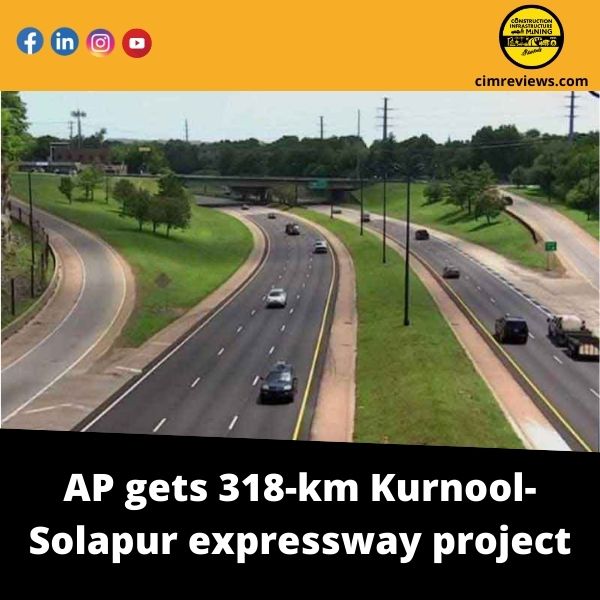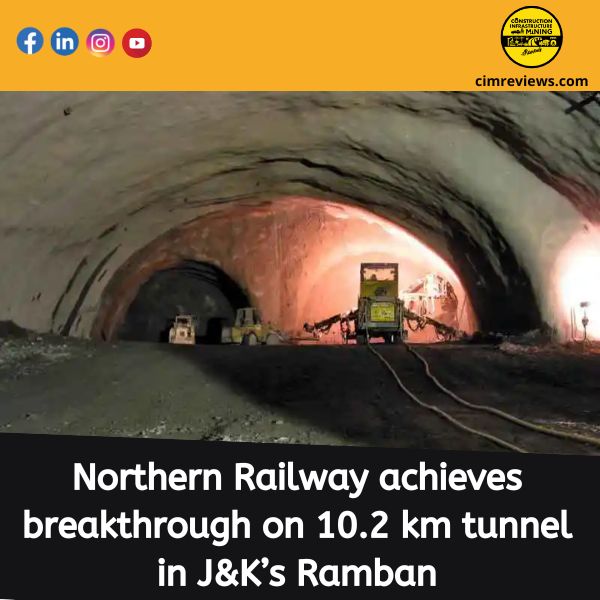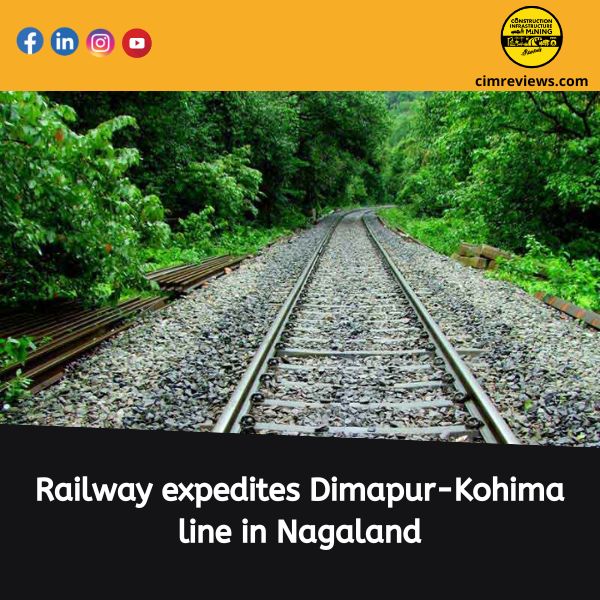Infrastructure and underground works designers prioritize sustainability, with concrete codes considering a 50-year design life, while infrastructure works have a 100-year design life. This means the structure must withstand expected impacts over 100 years. The choice of systems and materials also plays a crucial role in sustainability. The focus on reducing carbon footprints has also increased.
Introduction
Infrastructure is being built underground due to perceived costs and perceived investment. Internal rate of return (IRR) is used to calculate monetary benefits, but sustainability is influenced by other parameters like the cost of services and goods, and opportunity costs.
The environmental impact of construction projects is also growing in importance. Sustainability is crucial in various project phases, including alignment choices, construction methods, design, implementation approaches, structure requirements, quality and quantity of materials, and maintenance requirements.
The author suggests addressing issues with common sense, proper engineering, and new materials, addressing waste and risk identification, and quantifying monetary consequences of risks through proper identification and execution. The approach involves stakeholders including owners, concessionaires, contractors, engineers, and designers, focusing on infrastructure projects as long-term solutions for improving situations.
Concept Phase
The owner and consultant are key stakeholders, potentially navigating a conflict between quick and appreciable solutions and longer-term, sustainable solutions for long-term structure usability. The design of a highway alignment, considering construction cost, time, and land use in an ecologically sensitive area, aims to enhance the existing two-lane road system to accommodate future traffic flows.
The general options are as follows:
- The bridge-tunnel alignment aims to maintain the minimum allowable length while avoiding exceeding the maximum gradient, requiring limited tunnel length and multiple tunnels.
- The plan is to adopt a long tunnel alignment, thereby eliminating the need for bridges.
- The alignment should be minimally tunneled and follow the terrain.
Option 3 involves following terrain and minimizing tunneling, requiring space cuts or elevated structures. The question is whether bridge-type structures built on slopes are more cost-effective than tunnels and if slopes are more sustainable than tunnels. The monsoon season necessitates slope stabilization, requiring additional investment or risk of road impairment, making unsupported cuts unsustainable due to high failure probability.
The sustainability of a 4 lanes twin tube tunnel system with cross passages will be compared, considering maintenance effort per km and year, and considering different angles of consideration.
- Long twin tube tunnels have 4 faces without intermediate adit, while 3-4 short tunnels offer more faces, reducing construction time and cost.
- Downtime during maintenance or at incidents: with the same maintenance requirement, the interventions when done in shorter tunnels may have a lesser impact than interventions in the long single tunnel.
- The installed power for ventilation in long tunnels is likely to be more expensive due to the exponential relationship between losses and tunnel length. The cost of bridges has been reduced for the long tunnel, requiring a comprehensive study considering owner priorities and structure availability, while adhering to principles for tunnelling and slope modification works.
- Fresh materials are preferred as they tend to have higher weathering and may not always be the best option for minimizing overburden. Stable slopes, slope bridges, and tunnels require full attention at their foundations, portals, and initial drive for optimal support and stability.
The concept phase is crucial for sustainable infrastructure, ensuring alignment from start to end, avoiding isolated analysis for single structures, and addressing all proposed measures along the alignment.
Investigation and Design phase
The design phase begins after the owner approves the concept and agrees on basic parameters and boundary conditions. It involves detailed structure definition, refined construction methodology, and ground investigations (GI). Proper ground and water investigations are crucial for sustainable design, and the successful implementation of underground metro projects demonstrates this.
Steel Fibre Reinforced Concrete
Delhi Metro Corporation has published a guideline for Steel Fibre Reinforced Concrete (SFRC), offering benefits like durability, reduced steel use, and simplified production. Designers are encouraged to use this technology, as previous proposals required justifying material choices and risk transfer to contractors.
Un-reinforced Inner Linings
The inner lining design approach in modern tunnels offers an opportunity for increased sustainability by utilizing materials with high compressive strength for efficient loading. The trend of designing inner linings with systematic reinforcement due to bending is causing a setback in sustainability and cost efficiency, as cast in-place inner linings are treated as “short columns.”
The Strength of Materials suggests that if the force is within the cross section, the material is under compression, reducing waterproofing membrane punctures and enhancing durability. Some clients are considering steel-fiber reinforced concrete for cast-in-place inner linings.
Single Shell and Composite Linings
Single shell precast element lining is advanced for mechanized tunnelling, maximizing material use. Sequentially driven tunnels (NATM) are still used for non-circular tunnels. The conventional approach involves a double shell system with a primary support, waterproofing layer, and inner lining, resulting in a combined support thickness of over 50 centimeters, designed to withstand ground load.
The initial design phase involves assessing requirements and determining support quantities without compromising structural durability. The most radical approach is to design the lining as one layer, but in good geological conditions, integration is possible.
The composite lining approach involves upgrading the primary lining with a second layer for safety and durability in permanent use. This involves placing waterproofing membranes between layers, making the primary lining part of permanent works. The composition of the primary support should be examined, potentially replacing standard solutions.
Cast-in-situ linings are not flexible and require formwork, resulting in concrete filling larger excavation profiles. However, a minimum thickness of 30cm can lead to a thickness of up to 50cm, 67% more than the theoretical minimum. Sprayed permanent linings offer more flexibility and maintain surface smoothness, ensuring a better overall assessment.
Reducing Cement for Reducing the CO2 Footprint
Cast-in-situ linings are not flexible and require formwork, resulting in concrete filling larger excavation profiles. However, a minimum thickness of 30cm can lead to a thickness of up to 50cm, 67% more than the theoretical minimum. Sprayed permanent linings offer more flexibility and maintain surface smoothness, ensuring a better overall assessment.
Tendering Phase
Tender conditions often overlook sustainability, ignoring environmental impact. As CO2 footprints become commercially relevant, incorporating sustainability into tender conditions could encourage emission avoidance and carbon neutrality.
Tender Conditions and Flexibility
The client and consultant involved in tender design must review and eliminate any unintended waste incentives. The tender should assess local conditions, including bulk material availability, and define alternative sourcing or materials. Contractors should have the opportunity to explore alternatives and clearly define the requirements for acceptable alternatives. This avoids approval loops and potential resistance from risk-averse stakeholders, as well as clients implementing new technologies.
Execution Plans
Large infrastructure projects often involve disruptions to existing infrastructure, affecting logistics and public life. Financial recognition of these disruptions in tenders can emphasize planning and reward efforts, while also reducing disruptions. Disruptions increase costs and CO2 load, compromising sustainability objectives. Unavoidable disruptions should be assessed and benchmarked.
Financial Recognition
The Client can decide on financial incentives for fulfilling sustainability goals, particularly in a competitive business environment with the L1 principle.
A transparent contract with clear goals and limits prevents outdated practices from being remunerated. A monetary mechanism for sustainability based on objectives, with reward and penalty, should be developed for underground works.
Execution Phase
After setting goals and completing a thorough design process, stakeholders are set for execution. Often, a Detailed Design Consultant is involved in the Contractor’s team. Implementation plans by the Contractor significantly impact the contract goals and the execution’s potential to meet or miss sustainability goals.
Detailed Design and its Approval
In infrastructure projects, a Detailed Design Consultant (DDC) delivers project documents, ensuring client requirements are met. A Lead Design Checker (LDC) may be hired to review designs, ensuring a clear and common ground between the DDC and LDC to avoid dissent and ensure smooth execution.
The Client typically has a representative, such as a General Consultant, Project Management Consultant, or Authority Engineer, who takes on the role of an Engineer, assuming no interference.
The Client’s Representative or Engineer will review the Contractor’s design, ensuring alignment with the tender objectives. Addressing non-codified standard practices and codal interpretations is crucial to meet objectives without major quantity changes, as increasing building material quantities increases CO2 footprint.
Implementation Planning
The contractor must present their planning to the client and their representatives for a large infrastructure project. Proper planning can benefit the overall sustainability goal. The designer and contractor can contribute with innovative solutions to reduce the impact of construction, considering factors like traffic diversions, jams, and disruptions.
Implementing a public impact benchmark may require manpower and costs, but assessing the opportunity cost of avoidable disruptions is a balancing calculation.
Quality Control
Objectives in design improvement, such as using composite liners, require achieving specified strength and durability. Failure to optimize can result in structures that do not meet basic requirements. Underground works require allowances and tolerances for excavation, which can be addressed through blasting and excavation.
Technology, while quantifying its impact to define mitigation measures. Sprayed Concrete is commonly used in underground projects, requiring quality assurance from logistics to application. It requires proper equipment and trained operators. The sustainability of the work depends on the amount of rebound and admixture costs.
This paper encourages stakeholders to discuss short-term, mid-term, and long-term improvements in construction materials, focusing on scientific research, efficient design, and monetized opportunity costs. It provides a tool for stakeholders to assess overall impact and cost, highlighting the importance of sustainability in construction.
Group Media Publication
Construction, Infrastructure and Mining
General News Platforms – IHTLive.com
Entertainment News Platforms – https://anyflix.in/
Legal and Laws News Platforms – https://legalmatters.in/
Podcast Platforms – https://anyfm.in/










%20/23%20cimr%204.jpg)
